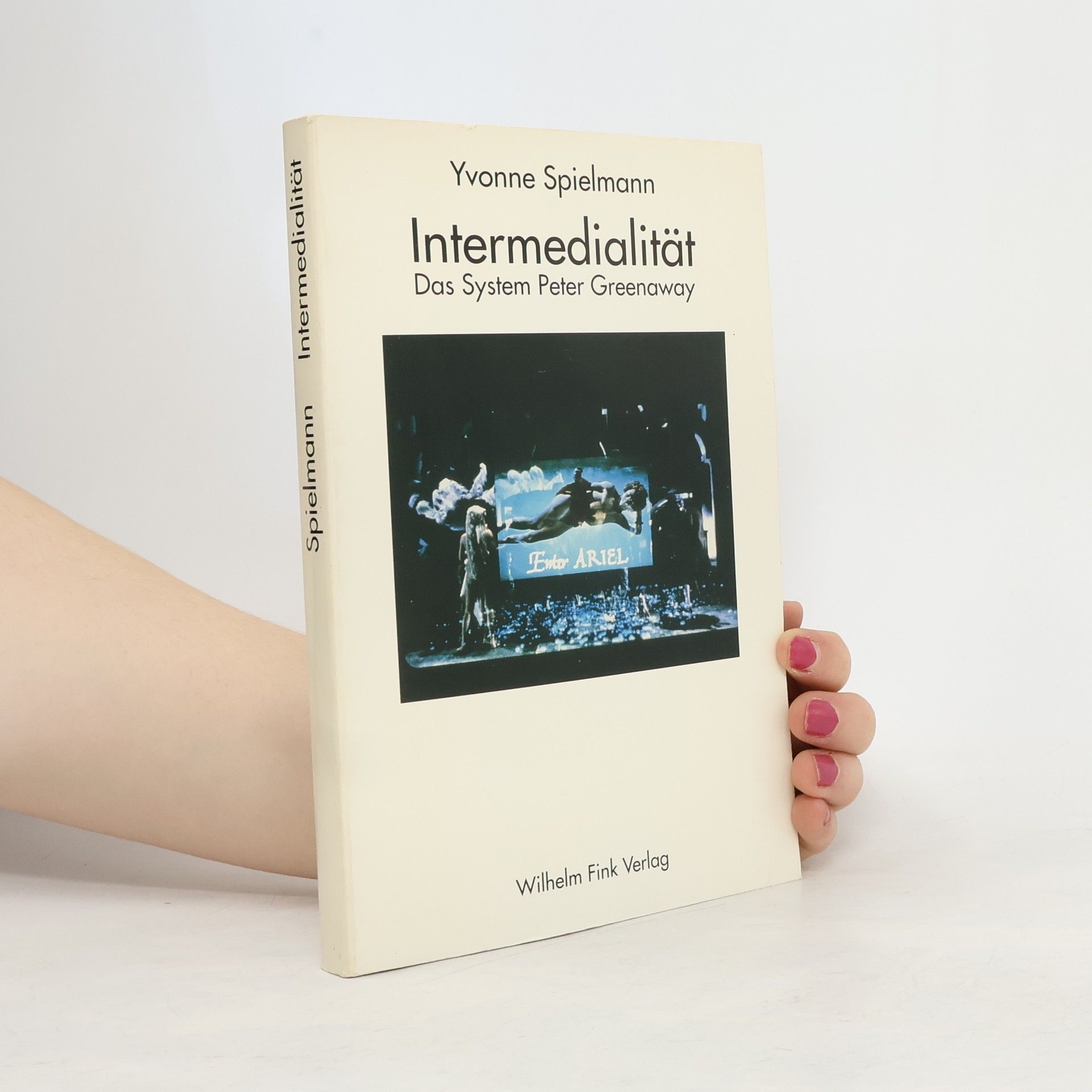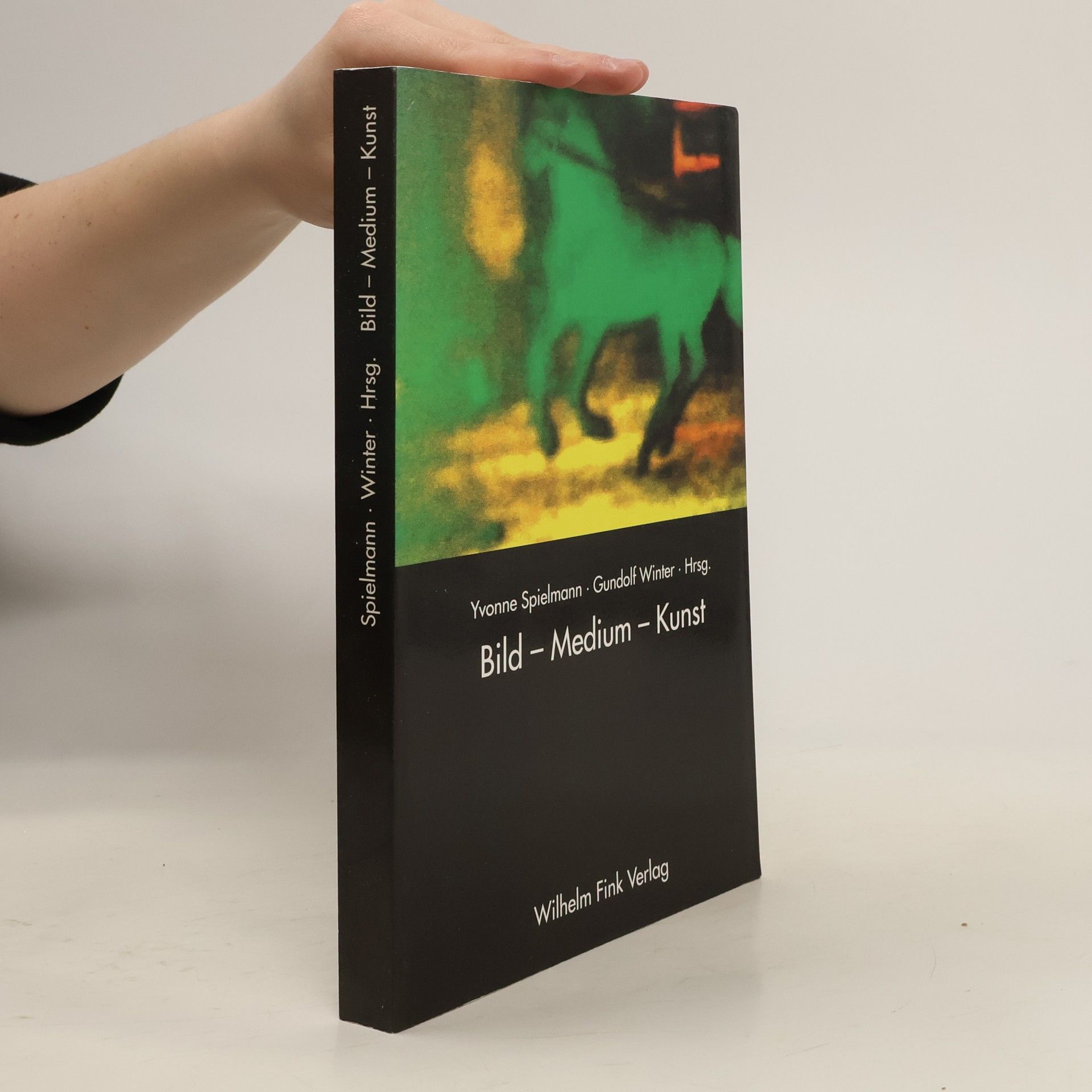Contemporary Indonesian art
- 178 pages
- 7 hours of reading
Indonesian art entered the global contemporary art world of independent curators, art fairs and biennales in the 1990s. By the mid-2000s, Indonesian works were well-established on the Asian secondary art market, achieving record-breaking prices at auction houses in Singapore and Hong Kong. This comprehensive overview introduces Indonesian contemporary art in a fresh and stimulating manner, demonstrating how contemporary art breaks from colonial and post-colonial power structures, and grapples with issues of identity and nation-building in Indonesia. Across different media, in performance and installation, it amalgamates ethnic, cultural and religious references in its visuals, and confidently brings together the traditional (batik, woodcut, dance, Javanese shadow puppet theatre) with the contemporary (comics and manga, graffiti, advertising, pop culture). Spielmann's 'Contemporary Indonesian Art' surveys the key artists, curators, institutions and collectors in the local art scene, and looks at the significance of Indonesian art in the Asian context. Through this book, originally published in German, Spielmann stakes a claim for global relevance of Indonesian art.0Translated from German by Mitch Cohen.



